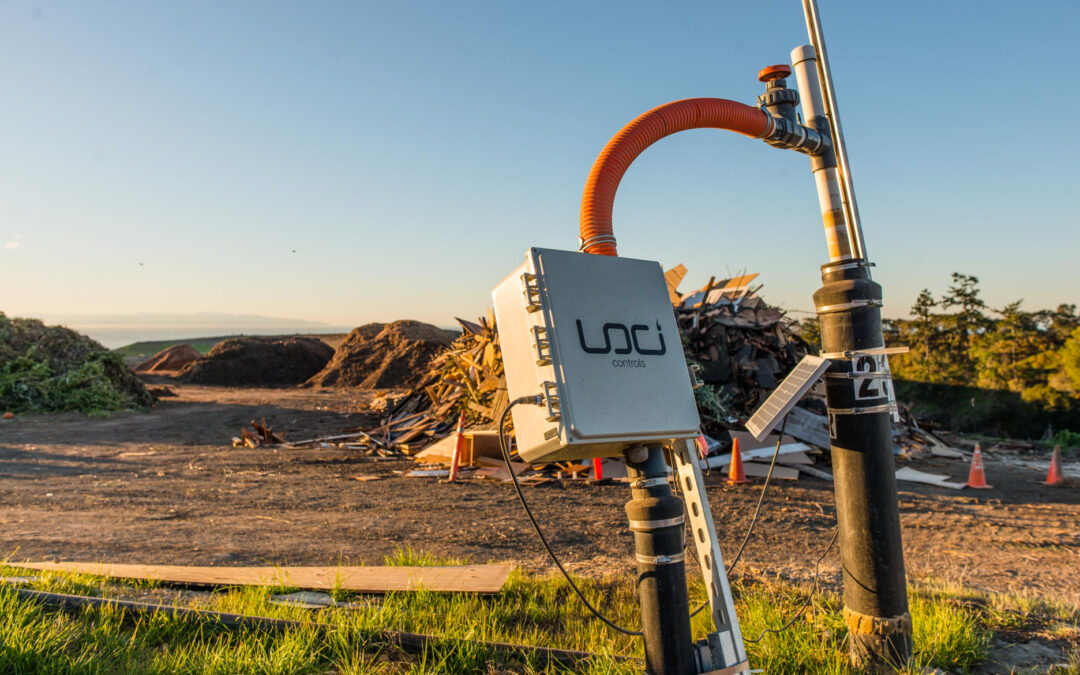Global support for cost-effective climate actions is gaining momentum at a critical time. As the planet rapidly warms, countries are intensifying their efforts to reduce methane emissions from fossil fuel production, aiming to rein in rising temperatures within a few decades.
Recently, US and Turkmenistan officials have been exploring ways to help Turkmenistan address its substantial methane emissions from aging oil and gas operations. Additionally, the European Union is considering regulations that could lead to reductions in greenhouse gas emissions from coal mines across the continent.
World leaders explore strategies to reduce methane emissions
If all the leaked or vented gas from Turkmenistan’s energy sector were salvaged and burned, and the EU regulations come into effect, the combined measures could have a comparable short-term climate impact and eliminate approximately 290 million tons of CO2 annually. This is equivalent to canceling the emissions of Taiwan, a major chip-maker and the 21st worst polluter globally.
Furthermore, the US Environmental Protection Agency is expected to outline its plan for implementing a new fee on methane emissions, mandated by the sweeping climate law enacted last year.
While significant emissions reductions are still necessary from the energy sectors of various countries worldwide, including major emitters like China and Russia, these recent developments indicate a shift toward tangible climate action. Alice C. Hill, a senior fellow at the Council on Foreign Relations, emphasizes that the potential US-Turkmenistan deal and the new EU legislation demonstrate substantial progress in reducing global methane pollution, proving that the 2021 Global Methane Pledge goes beyond mere promises.
The potential impact of minimizing methane emissions
Minimizing methane intentionally released or accidentally leaked from coal mines and fossil fuel production is an effective and relatively straightforward strategy in the fight against climate change. Upgrading infrastructure and enhancing efficiency can lead to significant emission reductions. Such refurbishments can also generate more sellable products for operators.
According to the International Energy Agency, around 40% of oil and gas emissions could be reduced at no net cost. Additionally, there is substantial potential to curb methane releases from large, porous underground coal mines. Although burning methane still produces carbon dioxide, the warming impact is significantly lower than if the uncombusted gas escapes directly into the atmosphere.
In Europe, many coal mines already have systems in place to control or capture methane emissions. However, the challenge lies in ensuring that the captured gas is properly processed and sold in markets rather than being wasted.
Ember methane analyst Sabina Assan estimates that the new EU regulations could potentially reduce the bloc’s methane emissions from coal mines by nearly 40% by 2040. These regulations are currently undergoing final negotiations with the EU member states and may undergo further changes.
Turkmenistan could play a pivotal role in fighting climate change
Turkmenistan, despite being sparsely populated and rarely making international headlines, plays a crucial role in the global climate puzzle. With its vast natural gas reserves, the country emits more methane per unit of oil and gas output than any other major oil or gas producer. Satellite data analysis by Kayrros SAS reveals that the majority of the world’s most intense methane releases traced back to the oil and gas sector since 2019 can be attributed to Turkmenistan.
President Serdar Berdymukhamedov has approved a roadmap to potentially join the Global Methane Pledge, an initiative led by the US and EU committed to reducing global methane emissions by 30% by the end of the decade. Currently, an estimated 7% of Turkmenistan’s gas is wasted through deliberate venting or flaring and accidental leaks.
The US could potentially provide financial assistance, possibly through the Export-Import Bank, to support Turkmenistan’s efforts. Oil service providers like Halliburton Co. and SLB (formerly named Schlumberger) are reportedly working to track down leaks and replace equipment in Turkmenistan.
Manfredi Caltagirone, the head of the International Methane Emissions Observatory (IMEO), an initiative of the United Nations Environment Programme, expressed encouragement that Turkmenistan is taking steps to mitigate its methane emissions, with international partners ready to provide support.
International support for methane reduction
The US government is actively taking multiple measures to address methane emissions in the oilfield. The Environmental Protection Agency is expected to finalize a comprehensive plan later this year that will require routine monitoring for leaks; detailed leak-plugging strategies from companies; and limitations on flaring, the burning off of natural gas at oil wells.
Oil and gas operators stand to benefit by claiming over 80% of the revenue from the sale of newly captured natural gas. While the annual breakdown of estimated methane emissions reductions under the EPA’s proposed mandates is not provided, the overall 12-year timeframe suggests that the rules could prevent approximately 2.7 million metric tons of methane from entering the atmosphere each year.
Considering the potency of methane as a greenhouse gas, this would have a short-term climate impact equivalent to eliminating 225 million metric tons of carbon dioxide every year or canceling Pakistan’s emissions.
Both the US and EU made methane reduction a key issue leading up to COP26 in 2021, successfully rallying support from approximately 150 nations for the Global Methane Pledge. Nearly two years after the pledge was introduced, the focus has shifted from enrollment to taking tangible actions on the ground.
While achieving the goal of a 30% reduction in global methane emissions by 2030 may prove challenging, efforts to tackle methane emissions instill confidence that progress will be made within this decade, according to David Oxley, head of climate economics at Capital Economics.

